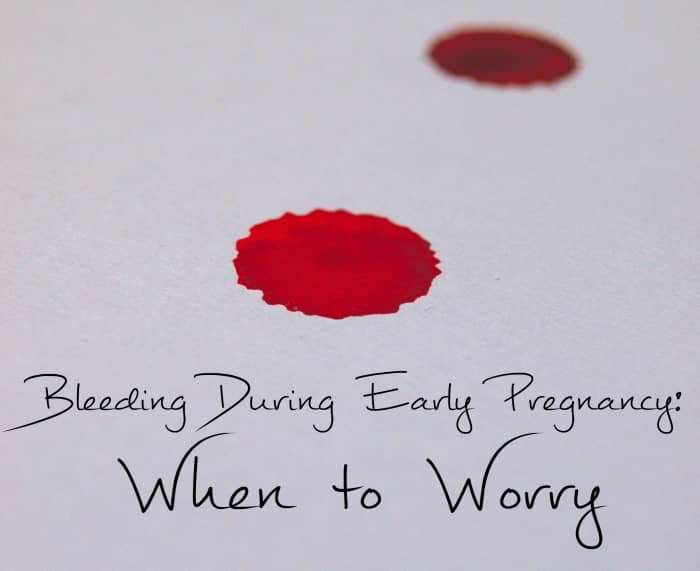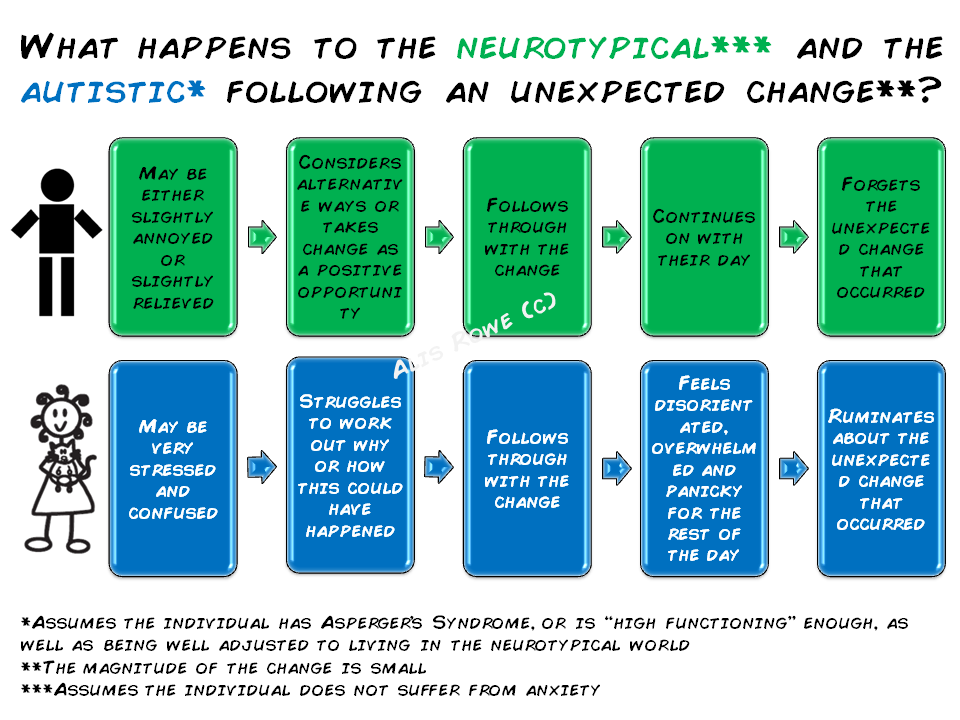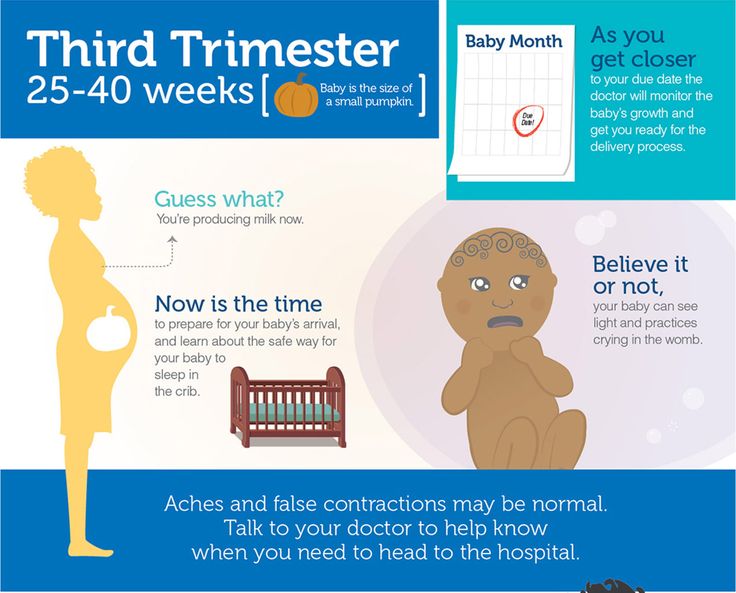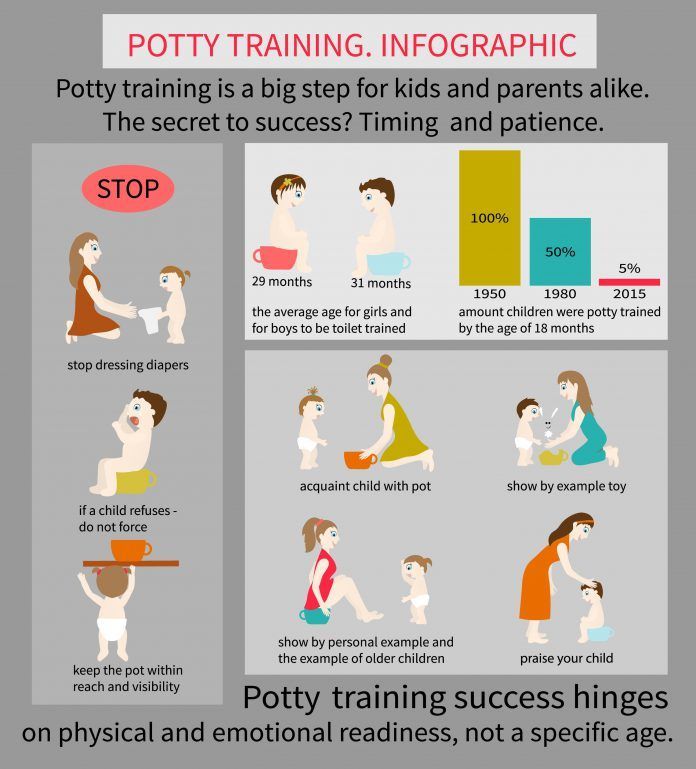Jumper vs walker
Baby Walkers vs Jumpers Explained (Safety, Pros & Cons)
I may receive a commission for purchases made through product links on this page, but I always stand by my opinions and endorsements!
Finding out you’re going to be a new parent brings all sorts of excitement — and confusion!
What do you need a burp cloth for? What’s up with the sizing of baby diapers? And what’s the difference between all these different contraptions you can sit your baby in?
Yes — you’ll need tons of different places for baby to lay, sit, and play (like bouncers, swings, walkers, jumpers, and more). But which ones do you really need?
Let’s start by looking at baby walkers vs baby bouncers.
The main difference between baby walkers vs jumpers is that baby walkers can move around a space as the baby pushes around with their legs, while baby jumpers allow for jumping, bouncing, and hopping movements in a stationary spot.
One thing to note is that pediatricians have major concerns about both of these items that new parents should be aware of before they buy!
Let’s explain everything more in-depth.
Baby Walkers Explained
When your baby gets to be about 8 to 9 months old, they will start to pull up on objects to stand up.
Imagine what a wonderful world this opens up to your baby!
(Yes, it’s also a HUGE headache for you.)
The baby walker is thought to help babies improve their walking abilities by getting them moving right when they start to stand up themselves.
Baby walkers are either in a cart-like design where a baby pushes it around with his hands standing up, or babies are placed inside a circular table with a seat in the middle.
The table is secured with legs and a base that moves with wheels.
The table sometimes has little toys on it to keep babies occupied, or spaces where you can clip your baby’s toys on.
Most parents put babies in walkers as soon as they can sit up to give them space to use their legs and a place to keep them busy.
Keep in mind, though, that most medical professionals do not recommend the use of baby walkers.
What’s not to love about baby walkers?
Unfortunately, many accidents have happened when babies have used walkers.
When babies gain more speed and height in these baby walkers, they can run into things that may fall over, reach things they otherwise would not have been able to, and could topple over onto stairs.
Parents may likely feel a false sense of security from a baby being in a walker, ease up their alertness and not think of the places they could get into that would be bad for them.
Baby walkers are banned in Canada, but they can still be purchased in the United States.
Do your research and make sure you are making a safe decision before buying any baby-related product.
Pros & Cons of Baby Walkers
Pros- Babies like them.
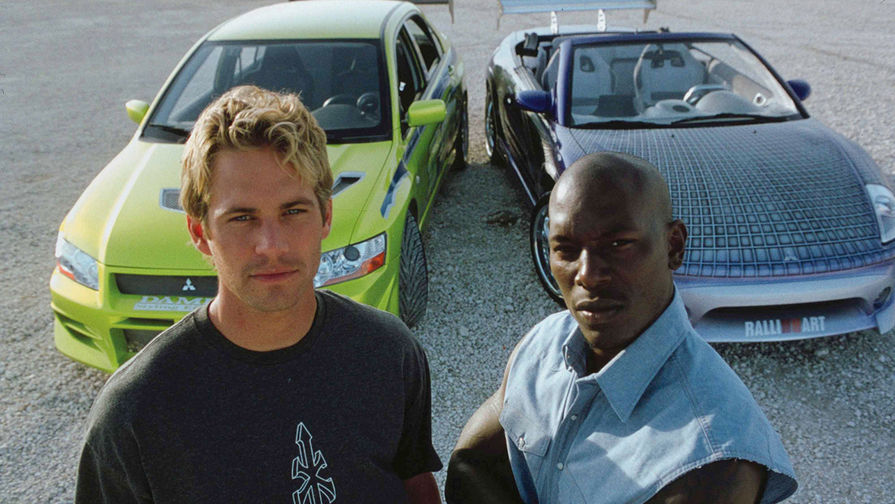 Imagine never knowing what it’s like to be able to move by standing, then suddenly being able to! Most babies are delighted by baby walkers, once they figure out how to push them around.
Imagine never knowing what it’s like to be able to move by standing, then suddenly being able to! Most babies are delighted by baby walkers, once they figure out how to push them around. - Babies can move around in them. Some babies might be frustrated when they see a toy on a table they can’t get to easily. A baby walker might satisfy a baby who likes to go places quickly and help foster independence.
- Medical professionals don’t recommend the use of baby walkers. Canada’s banned them, and Australian authorities have also called for the discontinuation of sale, based on medical advice. However, they are still sold in the United States.
- They don’t help your baby learn to walk. Babies need to play on the floor, pull up on things, and cruise around holding on to coffee tables and sofas a lot before nailing down the skills to walk. Baby walkers do not support all of the baby’s weight, so they are not a good learning-to-walk tool.

Baby Jumpers Explained
Now that we’ve gone over baby walkers, let’s talk about what baby jumpers are.
Baby jumpers are similar to walkers in that they suspend your baby in an upright position.
However, they are different because jumpers do not allow your baby to move around the house or in a room, they let your baby move by “jumping” in place.
These can be a lifesaver for a somewhat active baby who needs stimulation, but you need them to stay out of trouble for a minute or two!
There are two main kinds of baby jumpers.
One is similar in structure to a baby walker, it just has no wheels: it’s all made of plastic with a seat in the middle for your baby to sit and bounce up and down or stand stationary.
Another kind of baby jumper is suspended securely on a doorway with straps hanging down. These straps attach to a seat that your baby sits in to either jump off the ground with their feet or swing about.
Baby jumpers can be entertaining for a baby who is 4 months old and up.
Stationary jumpers are generally more expensive than doorway jumpers. A stationary one could be better for a baby than a doorway jumper, though, in terms of safety.
Pros and Cons of Baby Jumpers
Pros- They allow your baby to move without moving around. Jumpers are great because they keep your baby in one spot, making them easier to keep an eye on and safer.
- They give your baby something new to do. We all need a break sometimes! Putting your baby in a jumper could buy you at least 10 minutes to do a quick household task or just sit by yourself.
- There are two options for jumpers. You can take your pick between a stationary, freestanding jumper, or a jumper that fits in a doorway.
- They can be expensive. The safer baby jumpers with the most toys can be easily over $100.
 There are other baby entertainment options out there that are much cheaper.
There are other baby entertainment options out there that are much cheaper. - Some doctors advise against doorway jumpers. Baby’s heads are bigger than the rest of their body proportionally at this age, which may cause imbalance and injury in a doorway jumper. Also, overenthusiastic jumpers could easily smack into the doorway with this method.
Wrapping Up
When it comes to entertaining your baby with a walker or a jumper, the clear winner here is a stationary jumper.
You can still purchase a walker in the United States if you’d like, but most pediatricians advise against it.
Whatever you decide to keep your baby in to get a moment’s peace, make sure they are still in eyesight and don’t keep them in there for too long.
The elevated cloth seat could be hard on a baby’s hips after too long; it’s best to stick with about 15 minutes of playtime in any of these devices.
But walkers and jumpers aren’t your only options! Check out some of these guides for more info:
- Walkers vs Bouncers
- Bouncers vs Swings
- Bouncers vs Rockers
- Jogging strollers vs Regular strollers
Hope this helps!
Baby walkers: Are they bad for babies?
Experts say baby walkers aren't safe – and they don't help babies learn to walk faster, either.
Baby walkers are circular, wheeled toys with suspended seats. They're designed so your baby's feet can touch the ground while they're seated, so they can propel themself around.
Even as new safety features have been implemented over the years, thousands of babies every year end up in emergency rooms and doctor's offices from falling down stairs or bumping into furniture while in a walker.
Walkers on the market now are required to have "stair-fall protection" – either a gripping mechanism that keeps the walker from going over the edge of a stairwell or a design that prevents the walker from fitting through a doorway. Older walkers (such as those bought secondhand) don't have these safety features.
But even with the extra safety features, experts say baby walkers aren't safe to use. Walkers make babies taller, so they might be able to reach dangerous objects (like hot cups of coffee or knives on countertops) or touch a hot stove. Babies could also tip and fall over objects.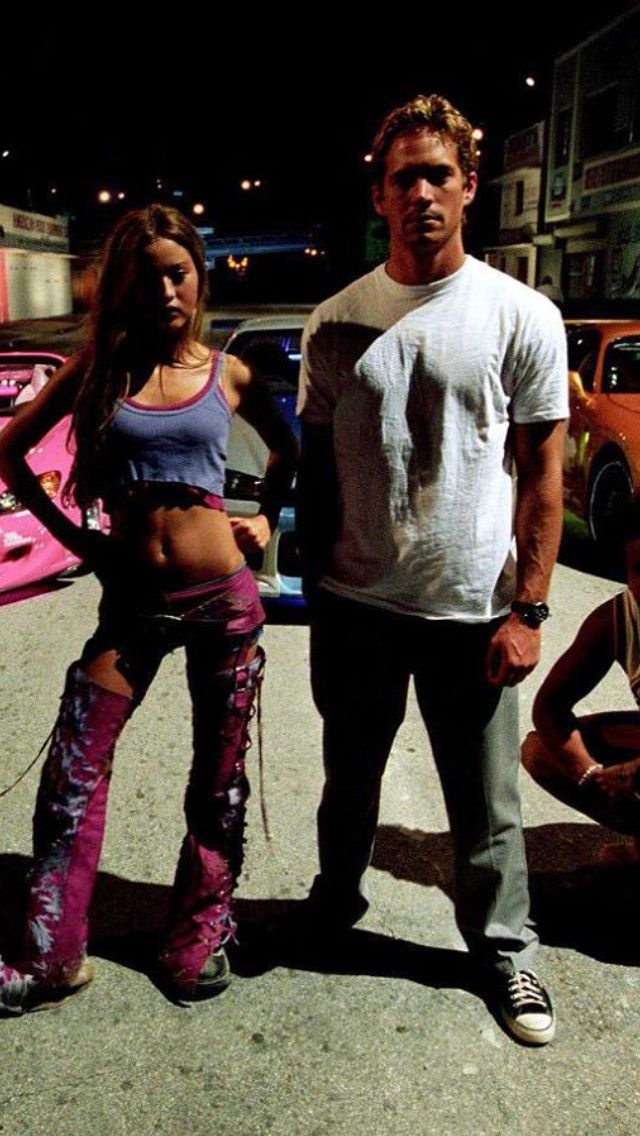
(To find out whether a walker or other baby product you own has been recalled, check the U.S. Consumer Product Safety Commission's list of recalled products.)
Activity centers and jumpers are much safer alternatives. And baby walking toys – which have wheels so babies can stand in front of them and push them along as they learn to walk – are safe to use.
If you're looking for a toy that you can set your baby in and have a few moments to yourself, activity centers and freestanding jumpers will keep your baby occupied – and stationary, so you don't have to worry about them wandering off. Both offer your baby plenty of opportunities to safely explore and practice their fine motor skills like grasping, grabbing, and shaking, as well as gross motor skills like standing and bouncing.
Experts recommend a 15 to 20-minute limit on time in a jumper or activity center, though, since your baby also needs plenty of floor time to practice their skills independently.
Advertisement | page continues below
Baby walking toys – also called push toys – are great for when your baby can pull themself up, stand, and even cruise. They give your baby extra support and help them balance. Once they start taking steps, your baby can push the walking toy in front of them.
They give your baby extra support and help them balance. Once they start taking steps, your baby can push the walking toy in front of them.
Just make sure the walking toy is sturdy enough that it won't tip over if your baby uses it to pull themself up. Block off any stairways, as well as rooms you don't want your baby to go in, and supervise your baby while they're playing with the walking toy.
No, and neither do activity centers, jumpers, or walking toys. In fact, research shows that babies who use a walker may actually learn to walk later than those who don't.
Babies learn to walk in part by watching and understanding how their feet and legs move. Since most walkers have trays, babies can't see what's happening with their lower body and don't get the information they need about their motor development.
Babies need to practice crawling, pulling themselves up, and cruising to learn how to walk – none of which they get to do if they're in a walker.
Here are some good ways to encourage your baby to walk:
- Give your baby plenty of tummy time to help develop their core muscles.

- Let your baby work on strengthening their legs by holding them under the arms as they jump on your thighs.
- Once your baby is cruising around, encourage them to walk toward you by standing or kneeling in front of them and holding out your hands. Or, you can help them walk by holding their hand while they take steps.
House, Inside Out and Forest - The house in which the world sounds... — LJ
The space of the game has three layers. The top layer, the most obvious one, is the House itself - classrooms, bedrooms, corridors, courtyard... Deeper lies the Inside Out - very similar to the Outside, but different, living according to its own laws, and separated from the House only by a thin line, which for someone to step over - very easy, but for some - almost impossible. And in the very depths, under and behind the Backside, there is a Forest - mysterious, wild, dangerous. For some, he is the best thing that can be, for someone - an unattainable dream, for someone - the worst dream. Getting there is like living another life. nine0003
Getting there is like living another life. nine0003
In the Backside, people look a little different than in the House, in the Forest - not at all like that. But both on the Upside Down and in the Forest, the characters do not suffer from injuries and diseases that they are used to in the House. There are simply no crutches and wheelchairs on the Iznamka. Fights on the Upside Down take place in the same way as in the House, in the Forest - according to special rules. The one who died in the Forest or on the Upside Down also dies in the House.
Maps and territories
On the map of the polygon, the border of the territory used in the game is marked with a red outline. Characters cannot go beyond this border, although it can be used to move craftsmen and game technicians. In non-obvious places, we will try to mark the border on the ground with a red and white tape during the day and red diodes at night. nine0003
Actually, the House is buildings-floors, paths-corridors and a yard.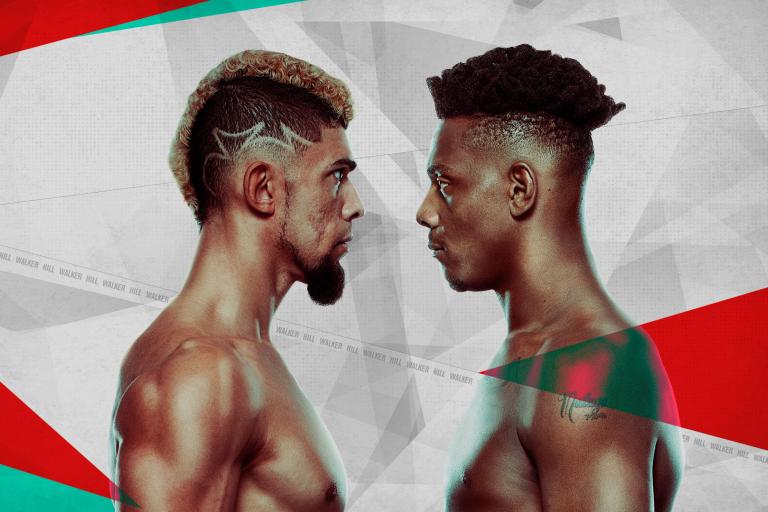 The territory of the Iznamka is marked with a blue outline and shading. The transition from the House to the Inside Out and back is possible in those places where the blue outline goes along the paths-corridors - the character on the path is in the corridor of the House, the character on the ground or grass next to the path is on the Inside Out. The back doors of the residential buildings are not used; it is impossible to go out through them to the inside out.
The territory of the Iznamka is marked with a blue outline and shading. The transition from the House to the Inside Out and back is possible in those places where the blue outline goes along the paths-corridors - the character on the path is in the corridor of the House, the character on the ground or grass next to the path is on the Inside Out. The back doors of the residential buildings are not used; it is impossible to go out through them to the inside out.
The forest is located outside the base, there is a marked path from the back gate of the base. Both the path and the forest will be marked. The forest is accessible only at night (from 22:00 to 6:00), you cannot get into it during the day. In any case, you can get from the House to the Forest and back only through the Inside Out. nine0003
Jumpers and Walkers
The Walker can move between the Home, the Upside Down and the Forest at any time at will.
The Jumper is not able to move only by an effort of will, he gets to the Inside Out (and returns back to the Home) due to a combination of circumstances, being in some special state, etc.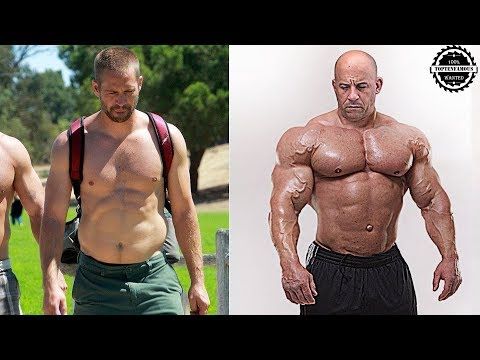 Some of the Jumpers have already managed to understand themselves and more- less imagines what exactly he needs in order to Jump, for someone each Jump is a pure surprise, and someone is sure that the Upside Down is not for him, simply because this has never happened to him yet. nine0003
Some of the Jumpers have already managed to understand themselves and more- less imagines what exactly he needs in order to Jump, for someone each Jump is a pure surprise, and someone is sure that the Upside Down is not for him, simply because this has never happened to him yet. nine0003
For everyone else, the only chance to get to the Upside Down is through substances. For some people, some of them act in a very specific way - they forcefully throw them into the Upside Down for a while, and usually even allow them to return when their effect ends.
Russian athletics failed the certificate test – Gazeta Kommersant No. 94 (6574) dated 06/03/2019
The topic of the Russian doping crisis, which seemed to have come to naught, has again become relevant. The Sunday Times reported on the threat of Russia's removal from participation in the Tokyo 2020 Summer Olympics. The reason for this could allegedly be the case of the famous high jumper Danil Lysenko, who submitted a false certificate to the anti-doping authorities that he was ill on the day of the out-of-competition test. Sources claim that the leaders of the All-Russian Athletics Federation, which fell under sanctions at the beginning of the crisis, knew about the origin of the document. Russian officials and experts confidently declare that the removal of the entire delegation will not happen. But the situation is in any case unpleasant, given that the restoration of the status of domestic athletics, with which new problems have arisen, was recently designated among the priorities of sports policy by Russian President Vladimir Putin. nine0003
Sources claim that the leaders of the All-Russian Athletics Federation, which fell under sanctions at the beginning of the crisis, knew about the origin of the document. Russian officials and experts confidently declare that the removal of the entire delegation will not happen. But the situation is in any case unpleasant, given that the restoration of the status of domestic athletics, with which new problems have arisen, was recently designated among the priorities of sports policy by Russian President Vladimir Putin. nine0003
Russian high jumper Danil Lysenko
Photo: Reuters
A new surge of interest in the topic of doping in Russian sports provoked an article published yesterday by The Sunday Times. It refers to the threat of exclusion of Russia from participation in the Summer Olympics in Tokyo in 2020. The reason allegedly may be the old, almost a year old, case of high jumper, winner of the World Indoor Championships Danil Lysenko. In August 2018, he was suspended from tournament play by the International Athletics Federation (IAAF) for repeatedly missing out-of-competition tests. The athlete himself admitted that he was not too careful about informing the anti-doping authorities about his movements, but insisted that he missed testing due to circumstances beyond his control, in particular due to illness, and provided a medical certificate. However, the athlete's statements that he was ill differed from his oral testimony previously given to him. The audit revealed that the medical institution that issued the certificate does not exist at all, as well as the doctors who signed it. As a result, instead of one or two years of disqualification for missing tests, Danil Lysenko faces up to four years of excommunication from sports - such a sanction is due for a doping violation without extenuating circumstances. nine0003
In August 2018, he was suspended from tournament play by the International Athletics Federation (IAAF) for repeatedly missing out-of-competition tests. The athlete himself admitted that he was not too careful about informing the anti-doping authorities about his movements, but insisted that he missed testing due to circumstances beyond his control, in particular due to illness, and provided a medical certificate. However, the athlete's statements that he was ill differed from his oral testimony previously given to him. The audit revealed that the medical institution that issued the certificate does not exist at all, as well as the doctors who signed it. As a result, instead of one or two years of disqualification for missing tests, Danil Lysenko faces up to four years of excommunication from sports - such a sanction is due for a doping violation without extenuating circumstances. nine0003
The athlete was asked to name those who helped him falsify the certificate in exchange for a reduced sentence. He did not publicly name his last name, but, as sports manager Andrey Mitkov said in early May, the president of the All-Russian Federation of Athletics (ARAF) Dmitry Shlyakhtin, a member of the presidium of the federation Andrei Kruporushnikov and executive director Alexander Parkin, assisted in the falsification of medical documents.
He did not publicly name his last name, but, as sports manager Andrey Mitkov said in early May, the president of the All-Russian Federation of Athletics (ARAF) Dmitry Shlyakhtin, a member of the presidium of the federation Andrei Kruporushnikov and executive director Alexander Parkin, assisted in the falsification of medical documents.
The involvement of high-ranking functionaries in this story, according to The Sunday Times, turns it into an international scandal. The publication, citing unnamed sources, claims that if it is proved that the leadership of the ARAF contributed to or knew about the falsification of documents, Russia will be barred from participating in the Olympics. Such threats arose before the two previous Olympic Games - the summer in Rio de Janeiro in 2016 and the winter in Pyeongchang in 2018. However, the Russian delegation went to both, however, in the "sequestered" by international sports federations and the International Olympic Committee (IOC) composition, and to South Korea - also in a neutral status. But at the beginning of the year, when the World Anti-Doping Agency (WADA) confirmed the return of full-fledged status to the Russian Anti-Doping Agency (RUSADA), the crisis seemed to finally come to naught. nine0003
But at the beginning of the year, when the World Anti-Doping Agency (WADA) confirmed the return of full-fledged status to the Russian Anti-Doping Agency (RUSADA), the crisis seemed to finally come to naught. nine0003
Russian officials have no doubt that there is no danger of its full-scale renewal and Olympic suspension. The President of the Russian Olympic Committee (ROC), Stanislav Pozdnyakov, said that with regard to the participation of domestic athletes in the Olympics, the Russian side "relies on the official position of the IOC." “This position has been announced - the Russian team will take part in the Games. If, in the case of the ARAF, violations by individuals are confirmed, then tough measures will follow, but we can only talk about individual responsibility, ”he said. Dmitry Shlyakhtin called the statements of the British media an attempt to "wishful thinking". “The only source of objective information on the Lysenko case is the IAAF Athletics Integrity Unit, which is investigating. Let's wait for his results. Until it is completed, comments on our part, firstly, are inappropriate, and secondly, they are prohibited,” Mr. Shlyakhtin told TASS. nine0003
Let's wait for his results. Until it is completed, comments on our part, firstly, are inappropriate, and secondly, they are prohibited,” Mr. Shlyakhtin told TASS. nine0003
But even if there really is no risk for Russian sports to be left without the Olympics in Tokyo, the situation in track and field athletics, the key Olympic sport, cannot be accurately characterized as prosperous in the light of the publication of The Sunday Times. ARAF is the most visible victim of the doping crisis. She was deprived of recognition by the IAAF at the end of 2015, and the new leadership, headed by Dmitry Shlyakhtin, was called upon to correct the image of the structure. However, scandals of various scales related to the doping topic occurred in Russian athletics even after his appointment, and the IAAF, under whose monitoring the ARAF is located, repeatedly refused to restore her status. Athletes from Russia are still required to compete in international competitions in a neutral status, going through rather complicated admission procedures. The next meeting of the IAAF Council on the "Russian question" will be held in a week. nine0003
The next meeting of the IAAF Council on the "Russian question" will be held in a week. nine0003
At the same time, the restoration of the ARAF turned out to be among the priorities of sports policy, formulated at the highest level of government. In early May, Russian President Vladimir Putin instructed the ROC to "take comprehensive measures to restore the ARAF membership in the IAAF" and ensure the participation of all members of the Russian Olympic team in the 2020 Games "without restrictions." The deadline for the execution of the order is December 2, 2019.
Soon after, the head of RUSADA, Yuri Ganus, sent a letter to the president of the ROC, in which he called for the dismissal of the leadership of the VFLA and the entire coaching staff of the Russian national team. Mr. Ganus noted that the crisis in the athletics federation is not only unresolved, “but also takes on new colors,” because, for example, “disqualified coaches continue their work with leading athletes.” Yuri Ganus meant, say, Valentin Maslakov. He resigned from the post of head coach of the Russian national team in January 2015, after it became known about the disqualification of five Russian walkers. However, in March of this year, on the website of the Ministry of Sports of the Russian Federation, in the list of candidates for the athletics teams, Valentin Maslakov was listed as a coach working with the main team. nine0003
He resigned from the post of head coach of the Russian national team in January 2015, after it became known about the disqualification of five Russian walkers. However, in March of this year, on the website of the Ministry of Sports of the Russian Federation, in the list of candidates for the athletics teams, Valentin Maslakov was listed as a coach working with the main team. nine0003
Neither Stanislav Pozdnyakov nor the Minister of Sports of the Russian Federation Pavel Kolobkov agreed with the position of Yuri Ganus on the need for "purges" in the federation. Meanwhile, Andrei Mitkov, in a conversation with Kommersant, was, in fact, in solidarity with him. Saying that, in his opinion, by threatening the entire Russian team with suspension, “the British are escalating and going too far”, he noted that it was athletics that had “bad prospects”. Andrey Mitkov continues to insist that Dmitry Shlyakhtin and other top ARAF officials “at least were aware” of the falsifications in the case of Danil Lysenko’s certificate, and also that “specialists with a doping background” continue to work in the national team.
